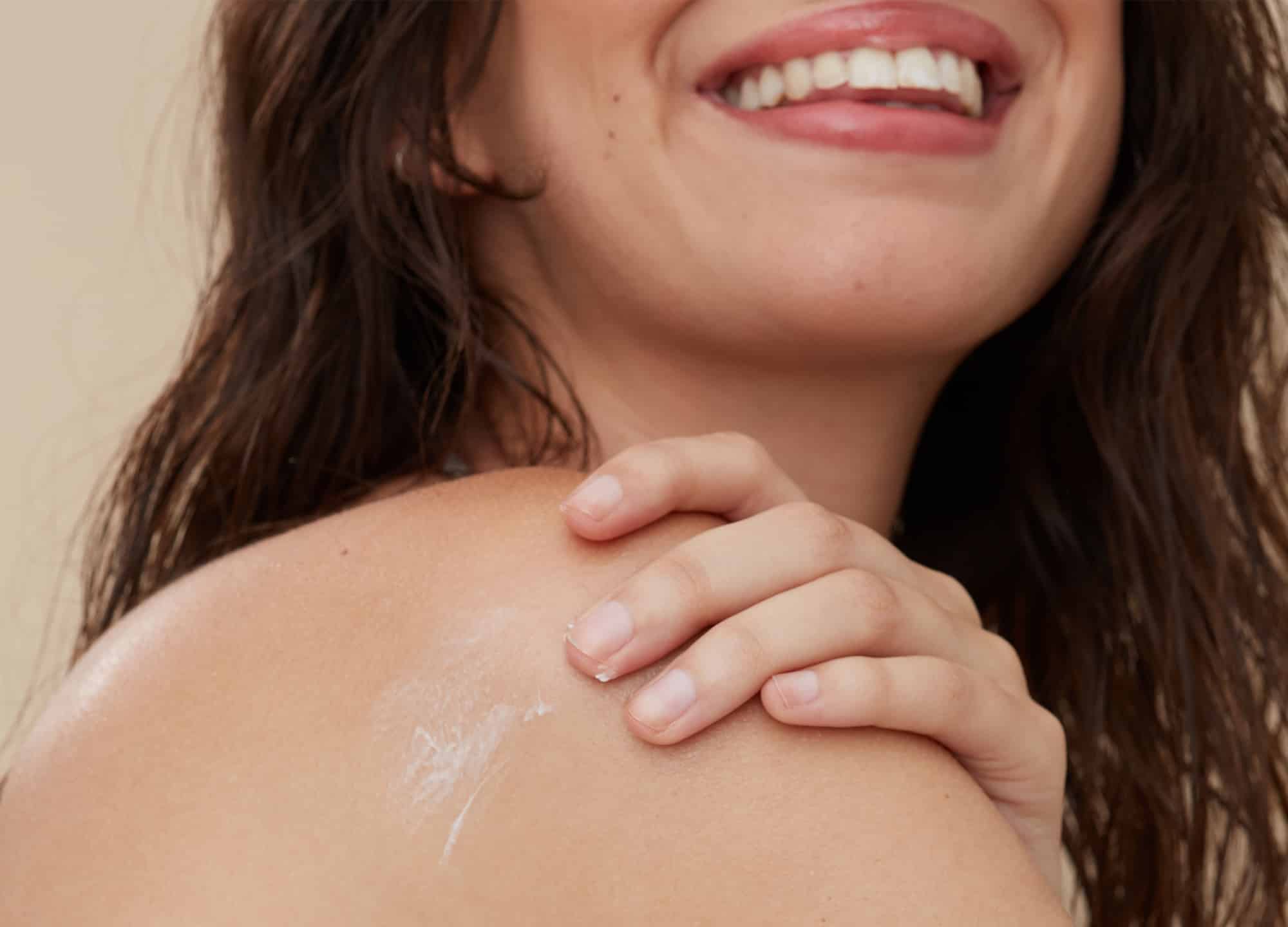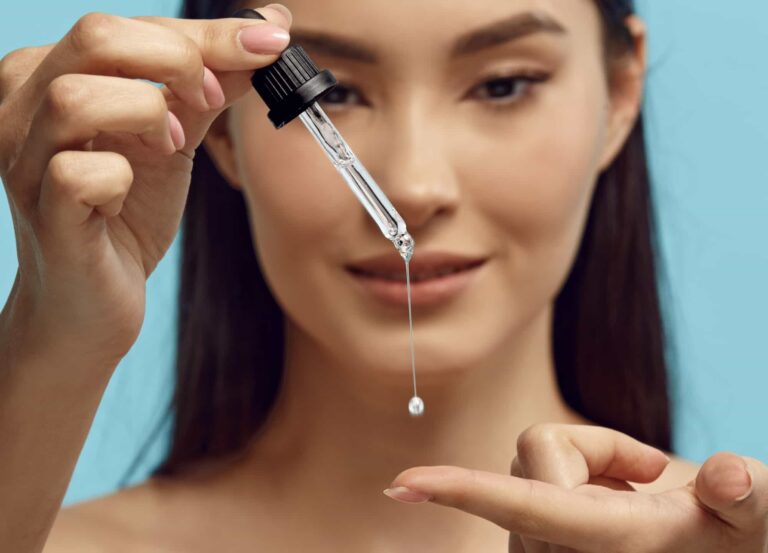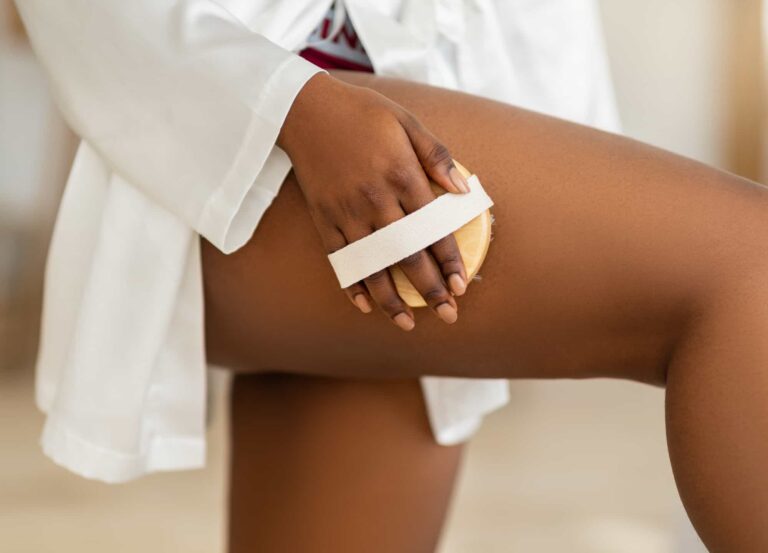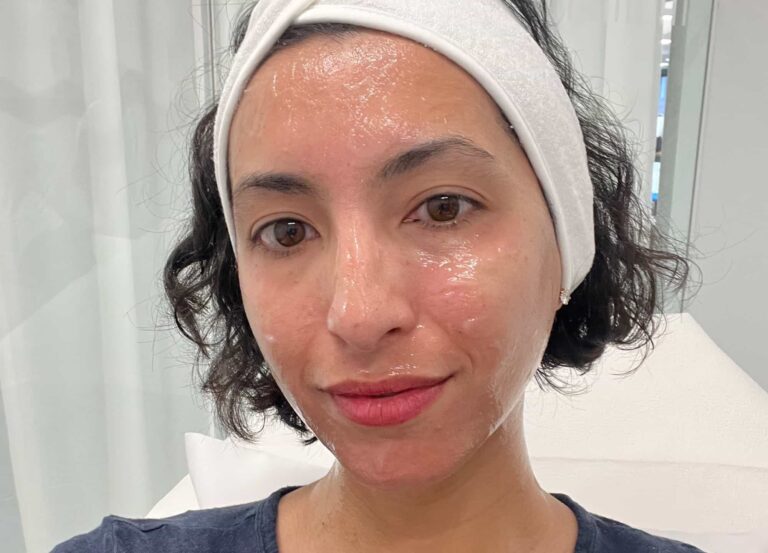The debate between mineral and chemical sunscreen continues to live on, but if there’s one thing we can all agree on, it’s that slathering any type of sunscreen on your skin is probably better than nothing. And while you should be applying sunscreen every day year-round, the days are getting longer, which means your exposure to the sun is increasing—so now is the time to really up your sunblock game.
Whether you’ve been applying SPF all winter or are just now shopping for this year’s sunscreen stash, below are the things you should know prior to your purchase. From ingredients that help soothe sensitive skin to those that may be harmful hormone disruptors, there are multiple ingredients found in sunscreens that you need to know about.
Controversial ingredients: avobenzone, oxybenzone, octocrylene, ecamsule, homosalate, octyl methoxycinnamate, and para-aminobenzoic acid (aka PABA)
Although sunscreens are helpful in preventing both skin cancer and sunburn, a recent study published in the Journal of the American Medical Association (JAMA) about specific product ingredients—mostly those found in chemical sunscreens—seems to be raising some red flags. “U.S. Food and Drug Administration scientists found that four active ingredients found in commercial sunscreens—avobenzone, oxybenzone, octocrylene, and ecamsule—were ‘systemically absorbed’ into users’ skin—one of the ingredients, oxybenzone, has been [found] in breast milk, urine, and blood plasma [after use],” explains Dr. Sonia Badreshia-Bansal, a board-certified dermatologist in Danville, California. “The high absorption rate of these ingredients means we need to study their potential toxicity levels further, the researchers wrote.” According to Dr. Badreshia-Bansal, more studies are needed to confirm these findings and understand if these ingredients are actually harmful to the body and/or the skin. (To that point, the FDA is actually calling for more safety data on 12 common sunscreen ingredients total, though five of these are rarely used in the US, before they can deem them GRASE—generally recognized as safe and effective.) The big disclaimer here? Just because an ingredient is absorbed into the skin and through the body doesn’t mean that it’s actually harmful to your health. And it also bears mentioning that chemical sunscreen ingredients need to penetrate into the skin in order to work; their very mechanism of action is absorbing ultraviolet rays as they get into the skin.
According to Dr. Hadley King, a board-certified dermatologist in New York City, some recent studies have shown that some chemical sunscreen ingredients (particularly oxybenzone, octinoxate, and homosalate) may be potentially harmful because they mimic hormones in the body. “Oxybenzone has been linked to allergies, hormone disruption, and cell damage, while avobenzone, upon exposure to sunlight, may become reactive and cause free-radical damage to DNA when absorbed,” says Dr. King.
Along with oxybenzone, other common chemical sunscreen ingredients, including octyl methoxycinnamate and para-aminobenzoic acid, are more likely to cause an allergic reaction compared to ingredients like titanium dioxide or zinc oxide, found in mineral sunscreens. Plus octinoxate and oxybenzone have been banned in Hawaii, due to their damaging effects on coral reefs.
Related: 6 Commonly Neglected Places for Sunscreen and How Doctors Recommend Protecting Them
UV blockers to look for: zinc oxide, titanium dioxide
If you really want to play it safe, Dr. Badreshia-Bansal suggests looking for sunscreens with zinc oxide or titanium dioxide. “These pure mineral products work by blocking the sun’s rays, reflecting them directly off the top of the skin,” she says. Unlike ingredients found in chemical sunscreens, the iron oxide found in mineral sunscreens “can provide additional protection against visible light coming from our electronic devices, which can further skin damage,” explains Dr. Charlotte Birnbaum, board-certified dermatologist in New York City. Those concerned about that aforementioned study should also take comfort in knowing that, to date, zinc oxide and titanium dioxide are the only two sunscreen ingredients the FDA has deemed GRASE for use in sunscreen.
The bottom line:
It’s an irrefutable fact that using sunscreen products is paramount for preventing sunburn (including melanoma), skin cancer, and premature skin aging. The potential questions about the safety of certain chemical sunscreen ingredients and the data surrounding this is far less conclusive. Point being, wearing sunscreen is safer than not. However, for those who may be concerned, mineral sunscreens offer an excellent solution. Above all, no matter whether it’s chemical or mineral, a spray or a lotion, there are a few universal rules to abide by. First, make sure it’s a sunscreen that offers broad-spectrum protection, meaning it will protect the skin from both UVA and UVB rays. And while products with SPF 15 are popular, SPF 30 remains the recommendation when it comes to daily sunscreen use, both according to the American Academy of Dermatology and The Skin Cancer Foundation. Ahead, some more helpful guidelines.
A skin-care-boosting ingredient to watch for: niacinamide
When on the hunt for a sunscreen, Dr. Birnbaum also suggests looking for niacinamide in the formulation; it’s a water-soluble vitamin that can act as an antioxidant and further protect the skin during the day from damage caused by UV light and pollution. As a bonus, niacinamide is also known to strengthen the skin barrier and improve the appearance of fine lines and wrinkles, so it’s a win-win all around.
The best products to try
There are hundreds of sunscreen options on the market, but only a few make our experts’ recommendation list. Dr. Birnbaum is a fan of both mineral and chemical sunscreens, and her favorite go-to combination of chemical and mineral sunscreens is EltaMD UV Clear ($33). “It provides broad-spectrum coverage, is lightweight, and is great for the most sensitive or acne-prone patients, as it is less likely to cause allergic reactions or breakouts,” she says.
For those interested in solely mineral sunscreens, tinted mineral sunscreens can improve the pasty-white appearance often seen with these products. “My go-to tinted mineral sunscreens include Alastin HydraTint Pro Mineral Broad Spectrum Sunscreen SPF 36 [$55], ISDIN Eryfotona Ageless Sunscreen Zinc Oxide and 100% Mineral Tinted Sunscreen [$66], and Supergoop Mattescreen Sunscreen SPF 40 [$38],” suggests Dr. Birnbaum.
Dr. Badreshia-Bansal also loves micronized, zinc-based sunblocks; they help reflect the sun’s rays while avoiding that chalky-ashy look, which can show up on olive skin or skin of color. She recommends Replenix Antioxidant Sunscreen Moisturizer SPF 50 Plus ($30), which is medical-grade quality and has a higher micronized zinc content.
Dr. King is also a fan of ISDIN sunscreens and particularly recommends the ISDIN Eryfotona Actinica Zinc Oxide and 100% Mineral Sunscreen SPF 50+ ($55) “because it [not only] provides 100% mineral broad-spectrum [protection] but also contains DNA repair enzymes, to help address previous sun damage,” she says. “It’s repairing and protecting at the same time.”
That’s not all—Dr. King also recommends the Revision Skincare Intellishade TruPhysical Tinted Moisturizer with Broad-Spectrum SPF 45 ($75) to her patients. “It’s a physical blocker with zinc oxide and titanium dioxide, and I like the lightweight consistency and coverage,” she says. Last, Dr. King loves a good touch-up sunblock, like Brush on Block Mineral Sunscreen Powder Broad-Spectrum SPF 30 ($32) or Colorescience Sunforgettable Total Protection SPF 50 Mineral Sunscreen Brush ($65). “It’s a great solution for people who don’t want to reapply sunscreen because they don’t want to mess up their makeup,” she says. “It absorbs excess oil, so it can serve a dual purpose as a finishing powder, actually extending the life of your makeup, and [as] sun protection. And it’s portable, is convenient, and won’t leave white residue on your clothes.”











